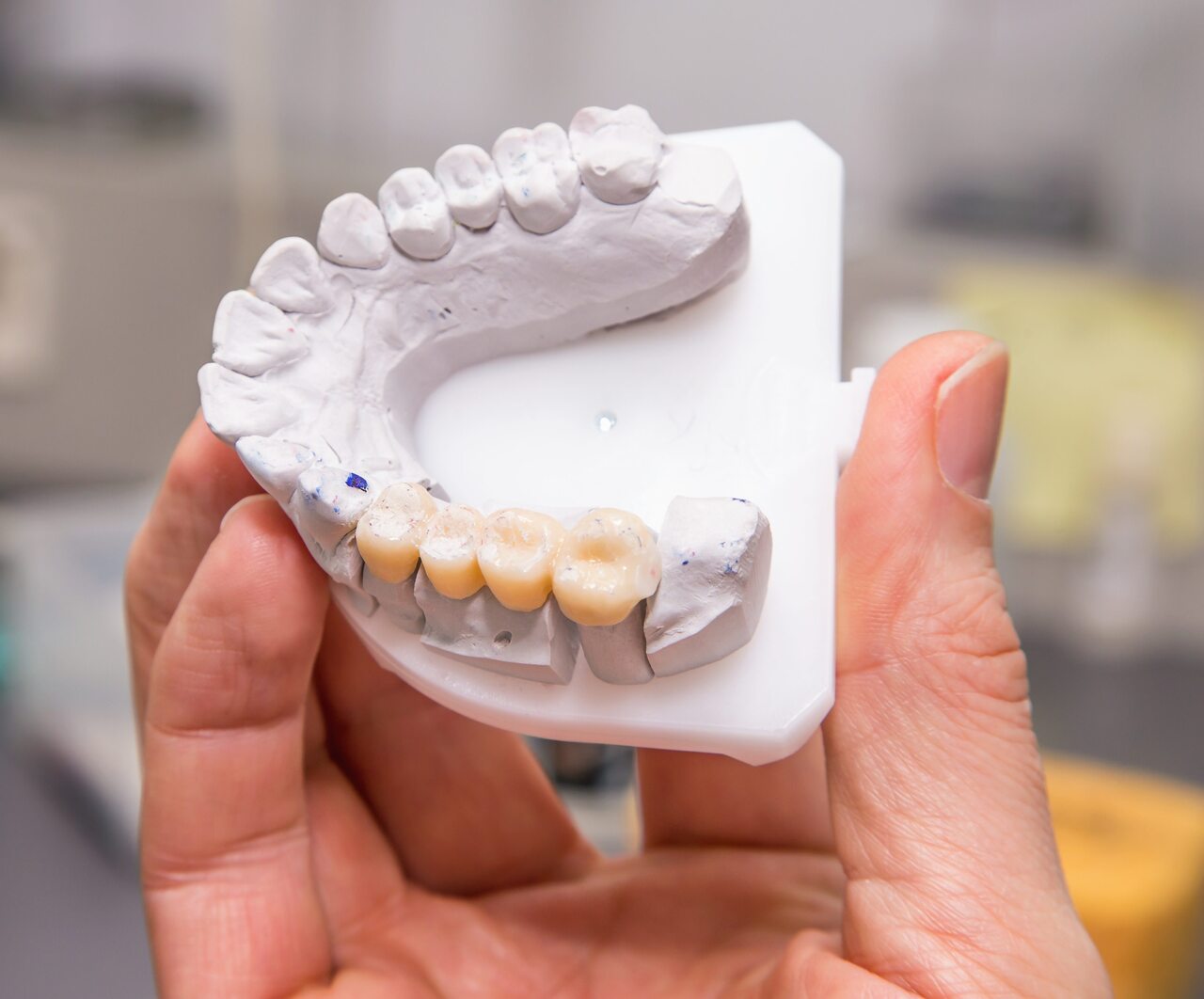Dental Bridge
The Dental Bridge: Each one of your teeth plays a very important role in maintaining the overall function and alignment of your mouth. Teeth are designed to support and complement each other. As teeth begin to fall out, it can cause cumulative stress to other teeth, gums and oral tissue, which can potentially lead to other oral disorders. Missing teeth may also cause your mouth to sink and can give you the appearance of looking older. As you age, you may begin to naturally lose teeth, which may begin to compromise the functionality and appearance of your mouth. If you are missing teeth, you may recognize their importance in maintaining your appearance and dental functionality.
Dental Bridge Procedures
Fortunately, there are dental procedures that can help replace missing teeth. Options include:
Dental Bridge – A bridge is a dental device that attaches fabricated teeth to naturally occurring, adjacent teeth and is used to fill in gaps where teeth are missing. A bridge can be either removable or fixed.
- Removable Dental Bridge – A removable bridge is attached to adjacent teeth with precision attachments or metal clasps. As the name implies, removable bridges can be removed by the person wearing them.
- Fixed Dental Bridge – A fixed bridge is attached by bonding artificial teeth to adjacent teeth or by placing a crown on adjacent teeth. A fixed bridge is bonded in place and can only be removed by a dentist. Fixed bridges offer more stability than removable bridges.
Maintaining dental health is the main reason why people elect to have restorative bridge work done. Oral disorders may include:
Increased chance of gum disease – As teeth fall out, it increases the risk of developing gum disease. This risk can be minimized with a bridge.
Enhanced Speech Disorders – As the jaw weakens from missing teeth, the disfigurement may cause speech disorders as the mouth can no longer form the proper sounds.
The appearance of aging – Losing teeth can cause facial features to sag which can give your face the appearance of premature aging.
Click here to schedule an appointment with one of our specialists to discuss our dental bridge procedures in Los Angeles, CA.
Procedures Involved In Attaching a Bridge
There are typically 2-3 dental sessions involved in attaching a bridge. During the first session, the dentist will prepare adjacent teeth by removing a portion of dentin and enamel. Next, impressions of the teeth are made and a bridge is constructed from the impression. A fixed bridge will be cemented to the adjacent natural teeth. Crowns are cemented on natural teeth, providing support to the bridge. Bridges are constructed from gold or non-precious alloys, porcelain, or a combination of these.

